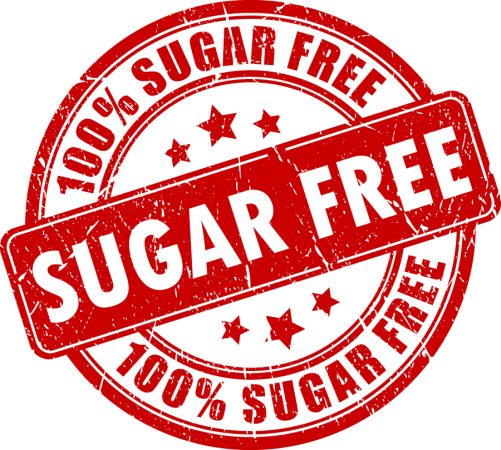
Regulatory Affairs: Revising nutrient claims
By Gary Gnirss
Regulation Health Canada labelling Nutrient claims Sugar-free claims Photo © Arcady / Adobe Stock
Photo © Arcady / Adobe Stock In the case of prepackaged foods, the aim of front of package (FOP) nutrition labelling is to easily inform consumers what foods are high in sodium, saturated fat and/or sugar by the mandatory inclusion of cautionary labelling. FOP has now been included in Health Canada’s Regulatory Plan 2021-2023.
Health Canada is also reforming several regulations, and is expected to finalize them soon. These include:
- repeal of the nutrient content claims table in FDR and incorporating that table by reference (IbR);
- repeal of most of the specialized high-intensity sweetener labelling requirements; and
- retooling of mandatory vitamin D fortification and technical amendments to FDR following the 2018 ban on partially hydrogenated oils.
Nutrition claims
Nutrient content claims are a complex subject matter. The rules (FDR) prohibit representations related to the amount of a nutrient or energy. Canada starts with a blank page, to which the rules then provide exceptions. For example, quantitative statements are a type of nutrient content claim. The criteria for 47 claims are outlined in the table to B.01.513-FDR. These include sugar-free, calorie-free and source of protein. There are exceptions. The complexity is in appreciating the different classes of claims, and what claims, variants or synonyms are permitted. It is important to remember that if FDR does not recognize a nutrient content claim, it is not permitted.
Health Canada prefers to repeal the nutrient content claims table, move it to section B.01.513-FDR, and then IbR it because it would be easier and quicker to revise nutrient content claims in that section than if the table was hard coded in FDR, as it is now. Simple changes could take years. The intent of Health Canada is not to repeal nutrient content claims. Most would be carried forward to the proposed IbR nutrient content claims table.
Sugar-free claims
However, Health Canada intends to update the requirements for sugar-free claims with the goal of providing more flexibility. Currently, a sugar-free food, other than chewing gum, must also be calorie-free, which is not easy. Sugar is a key dietary component of public health interest. It would make more sense to have greater focus on the sugar rather than the calorie content, which is Health Canada’s intent. Their proposal is to bundle the sugar-free claim with the requirement of a food being “low in calories”. The result is that more foods could be claimed as “sugar-free.” The change also acknowledges the tight relationship of sugar-free claims to calorie management.
Other proposed updates include adding more claim synonyms, like “free of sugars” and moving “unsweetened” to the IbR table. In the case of nutrient content claims in B.01.513-FDR, the wording is precise. Only recognized synonyms may be used. Adding “unsweetened” to the IbR nutrient content claims table seems logical, and may help with the confusion it has created under the current FDR structure. It is important to note all nutrient content claims categories, like quantitative statements and vitamin, mineral and amino acid claims will not be included.
Labelling rules
Since the 1980s, Canada has had very specific labelling rules related to high-intensity sweeteners like aspartame, sucralose, acesulfame-potassium and neotame when sold as such and when used as ingredients in other foods. In the latter’s case, this includes identifying on the principal display panel the presence of such sweeteners and other sweetening agents in the type set required for the declaration of the net content declaration (i.e. “Contains Aspartame & Sorbitol”). Additionally, quantitative statements of the added sweeteners had to be grouped with the ingredient list. In the case of aspartame, a specific requirement was to identify the presence of phenylalanine. Such labelling may have been significant in the 1980s, but it is no longer relevant. The front of food packages is getting very busy with other possible requirements. Removing some burdens may help the industry cope with new labelling requirements. It can also help Health Canada to focus on other messaging like proposed FOP symbols or the supplemented food caution identifier when these are triggered.
In my experience, Health Canada will maintain the requirement to identify the presence of phenylalanine when aspartame is added. It will possibly provide more flexibility in how this may be stated on labels, including using variations like those in the U.S. The rules will also need to account for how to make this declaration in the differentiated space that is now needed under the new ingredient labelling rules. While CFIA may have retreated a bit from its bold food labelling modernization plans, there are still plenty of things on the agenda.
Gary Gnirss is a partner and president of Legal Suites Inc., specializing in regulatory software and services. Contact him at president@legalsuites.com.
This article was originally published in the September 2021 issue of Food in Canada.
Print this page